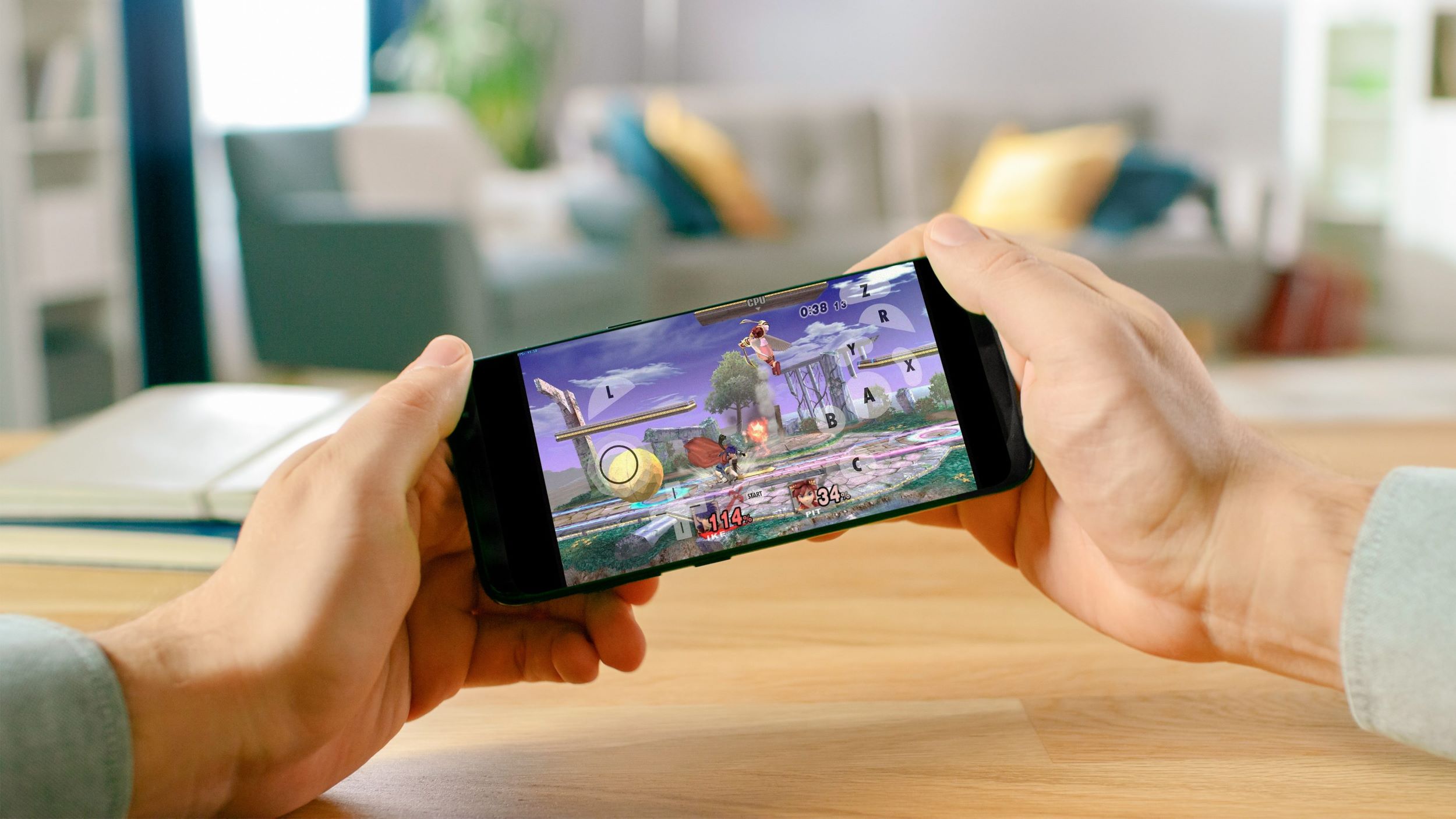
Setting Up the Emulator
Choose the Right Emulator
- The Google Play Games on PC Developer Emulator is highly recommended for developers. It is designed for testing and debugging games on the Google Play Games platform. Features include mouse emulation, graphics backend toggling, and aspect ratio control.
System Requirements
- Ensure your system meets the minimum requirements for the Google Play Games on PC Developer Emulator. Typically, this includes having Hyper-V enabled on a Windows machine, as virtualization is necessary for the emulator to function.
Download and Install
- Download the Google Play Games on PC Developer Emulator from the official Google developer site. Follow the installation instructions, which usually involve running an installer and setting up the emulator in your system tray.
Sign In
- Upon first running the emulator, sign in with your Google account. Use the same login credentials intended for development. To sign out, right-click on the system tray icon, select "Developer Options," then "Force sign out."
Installing and Running Games
Using Android Debug Bridge (ADB)
- The Google Play Games on PC Developer Emulator uses ADB to install packages. Launch the emulator and type
adb devicesin your command prompt. A list of devices attached, including the emulator device, should appear.
Installing a Game
- To install a game, use the command
adb install path\to\your\game.apk. For an Android App Bundle (aab), usebundletool install-apksinstead.
Running the Game
- Run your game by typing
adb shell monkey -p your.package.name 1, replacingyour.package.namewith the game's package name. Alternatively, click the icon to run the game within the emulator. To see the list of installed games, swipe up on the home screen.
Debugging a Game
Using ADB Logcat
- Use
adb logcatto view logs from the emulator. This tool functions as expected and can be used with Android Studio to prettify or filter logcat output.
Accessing Logs
- Logs can also be accessed directly from the
%LOCALAPPDATA%\Google\Play Games Developer Emulator\Logsdirectory. The most useful log file here isAndroidSerial.log, which represents everythingadb logcatwould echo from the moment the emulator starts.
Common Challenges and Solutions
Google Play Games Services in Emulator
- Ensure the emulator image includes Google Play Services. Using an x86_64 Android 6.0 image with Google APIs should work, but sideloading the Play Games APK might be necessary if it doesn't work out of the box.
Sideloading Play Games APK
- Sideloading the Play Games APK can be a workaround, though not officially recommended. This method involves finding the correct APK for your emulator configuration, which can be challenging and not always reliable.
Official Solution
- The official solution is to use the Google Play Games on PC Developer Emulator, designed to handle these integrations seamlessly. This emulator provides a developer-focused environment that includes Google Play Services and allows for easy debugging and testing of your game.
Additional Tools and Resources
Android Emulator MyAndroid
- For those preferring to run Android apps and games directly on their Chrome browser, the Android emulator MyAndroid extension is available on the Chrome Web Store. Features include Quick Boot, state retention, and multi-platform support, making it convenient for users to access favorite applications without needing a separate Android device.
Emulating Other Consoles
- If interested in emulating other consoles like PSP, GBA, or SNES on an Android device, several emulators are available on the Google Play Store. These emulators allow downloading and running ROMs from various consoles, providing a wide range of gaming options beyond Google Play games.
Playing Google games on an Android device using an emulator can be a rewarding experience, especially with the right tools and configurations. By following the steps outlined, you can set up the Google Play Games on PC Developer Emulator and start testing and debugging your games seamlessly. Additionally, knowing how to sideload APKs and troubleshoot common issues can help overcome any challenges that arise during development. Whether a seasoned developer or just starting out, this guide provides a comprehensive overview of how to play Google games on your device using an emulator. With the right tools and knowledge, you can ensure that your game performs as expected across various configurations, making the development process smoother and more efficient.
